Which Is Better: Midjourney vs Stable Diffusion?
The evolution of AI in recent times has transformed the field of digital art and design, giving people the power to bring their ideas to visual designs. Today, there are many powerful tools in the market that can help convert textual prompts into visual/digital art. The future of artificial intelligence (AI) was discussed by former IBM CEO Ginni Rometty, who said, “Some people call this artificial intelligence, but the reality is this technology will enhance us. So instead of artificial intelligence, I think we’ll augment our intelligence.” Besides having fun with these sites, they can unlock huge possibilities. For your social media postings, consider designing memes, banners, photos, videos, logos, and graphics. Stable Diffusion and Midjourney have been leading the way in the constant evolution of the websites.
In today’s world of social media, where community-driven platforms are more appreciated by users to discuss and showcase their ideas and designs, both AI tools have access to digital networks, where Midjourney has a more diverse discord-based community, Stable Diffusion has its communities dispersed over various social platforms. With the rapid development of AI technology, tools like Midjourney and Stable Diffusion have emerged as powerful resources for designers to assist them in their workflows. Both have unique features and are likely to increase users’ convenience in the future.
Midjourney vs Stable Diffusion: What Are the Differences?

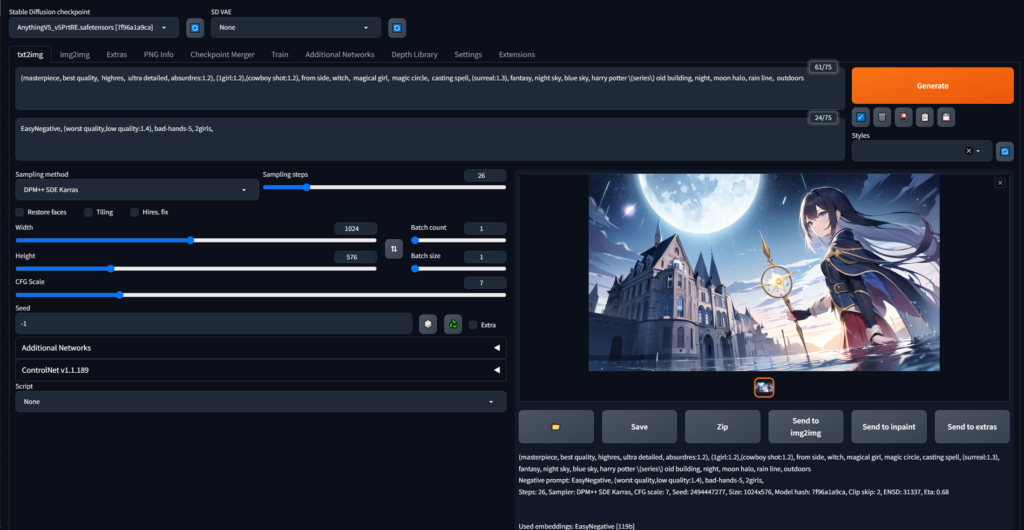
Which Is Better: Midjourney vs Stable Diffusion?
Image Quality Comparison:
When selecting an AI picture generator, image quality is the first consideration that a lot of people will want to know about. With each update, these three AI picture generators have been outperforming one another in this field; which one offers the highest quality will depend on your needs.
Since the introduction of Midjourney V6, Midjourney has had the most convincing photorealism, while early instances from Stable Diffusion 3 are good as well. Midjourney also has a more lax stance on copyright, enabling users to create photos using the likenesses of well-known individuals or intellectual property.
When given straightforward text prompts, Midjourney may produce visually striking visuals, but it has trouble handling numerous themes at once, sometimes combining them into one and causing duplication. Seemingly capable of handling text, Stable Diffusion 3 adheres well to complicated prompts. In terms of customisation and adjustable settings, Midjourney provides greater versatility. Thanks to its ‘cref’ tag, users may create characters that are constant over numerous picture generations, including face traits, so they can tell stories and utilize their characters wherever. In the same manner that you create a new image on Midjourney, you may also alter an already-existing image.
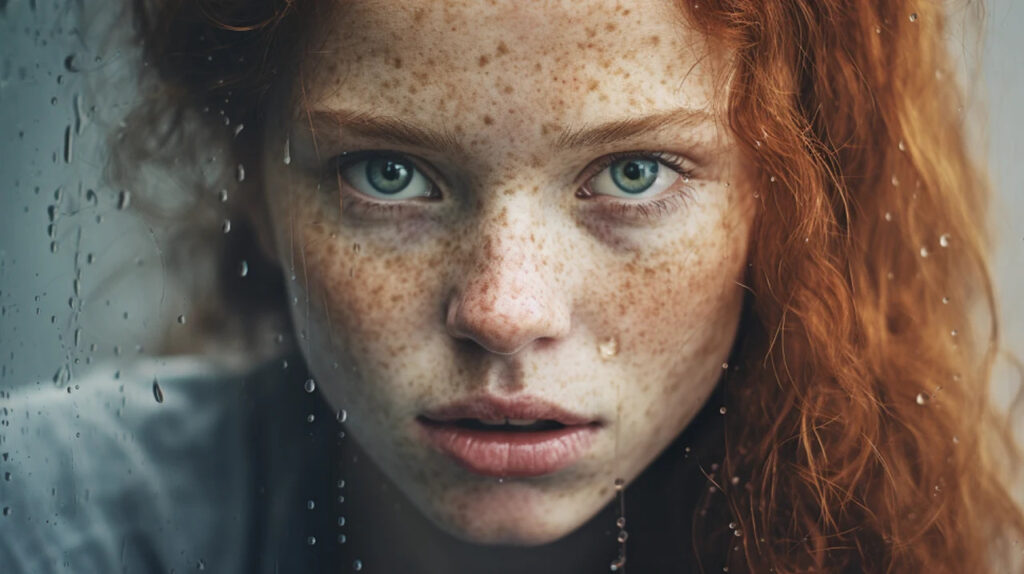
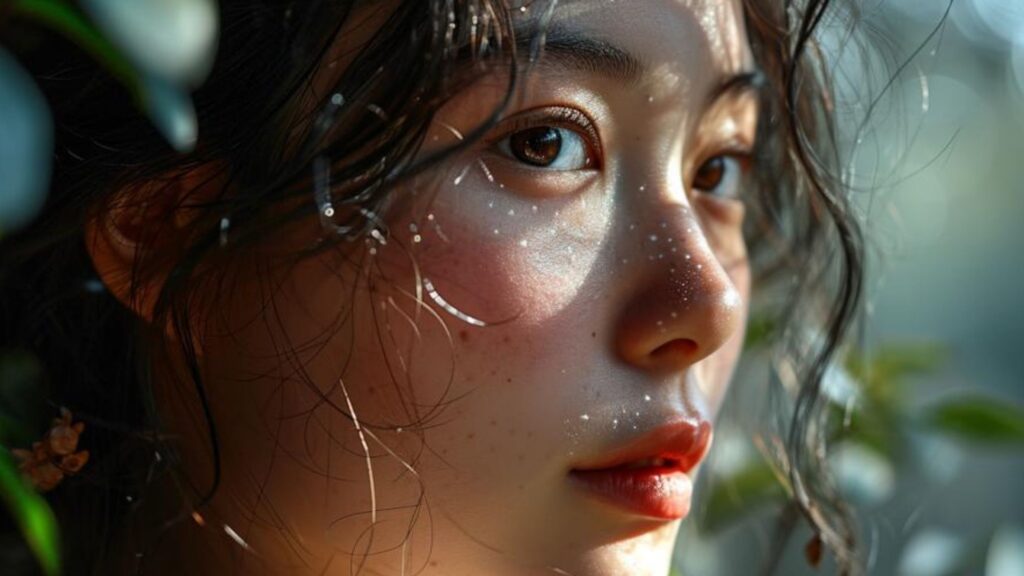
Stable Diffusion comes in different flavours. Operating locally on a laptop, it can offer greater control compared to both of its competitors, enabling the definition of elements such as certain postures or materials.
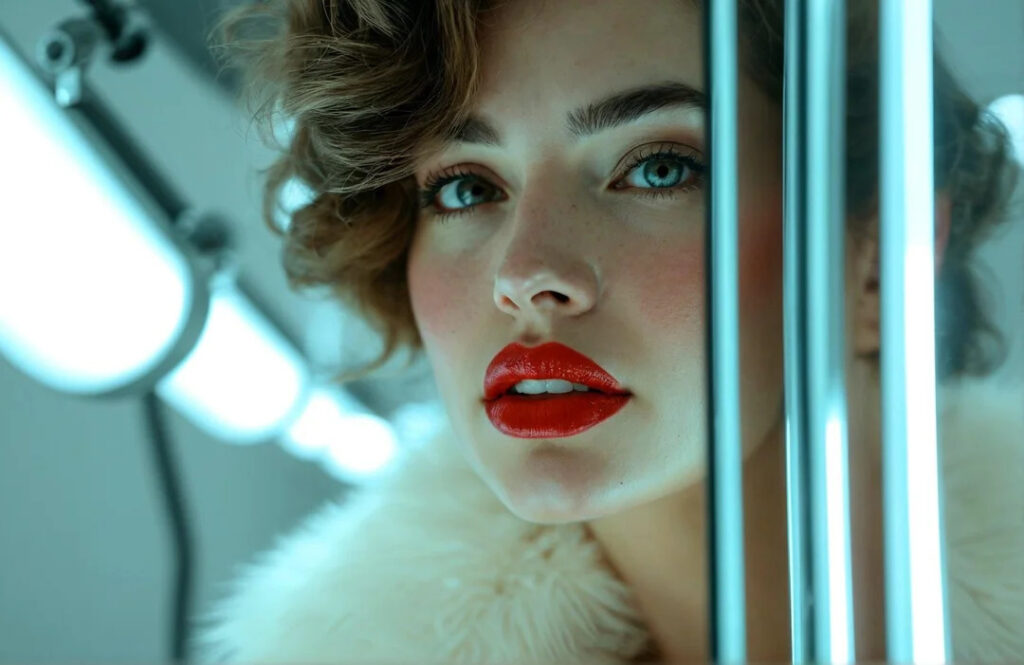
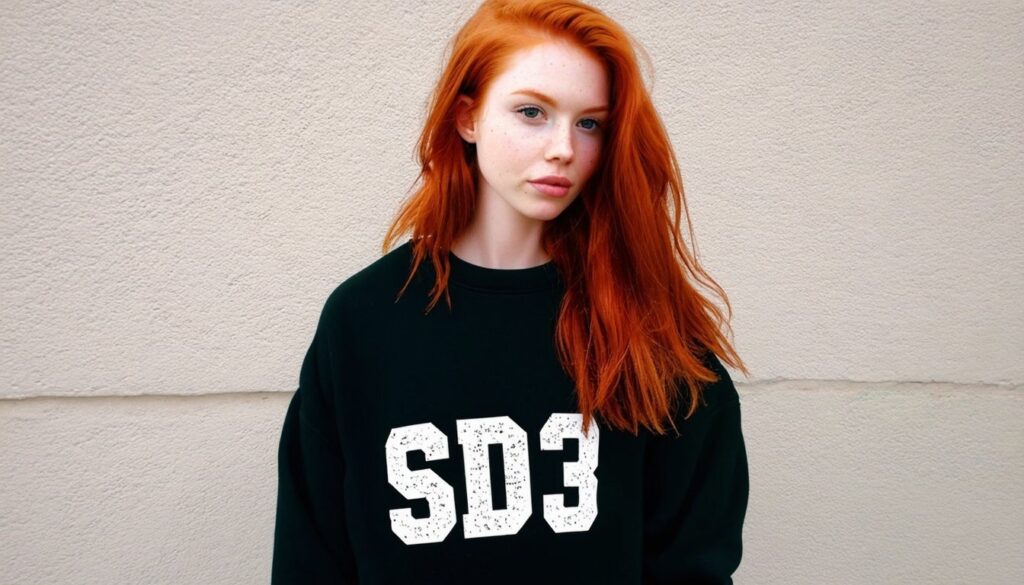
User Friendliness Comparison:
Midjourney requires more labor since learning how to create prompts and the many factors you might use takes time. The fact that you have to register for a Discord account makes it a little more difficult to use. Before you may immediately produce photographs on Midjourney’s website, you must first generate 100 images.
For novices who aren’t tech knowledgeable, stable diffusion is even more difficult. Though you’ll need to run it on your own computer (if your GPU is strong enough), use cloud services, or pay for access through a web app like Stability AI’s DreamStudio, it is free to use because it is open-source.
Service Pricing Comparison:
Entry-level pricing for Midjourney ranges from $10 per month for capped speeds and concurrent generations to $120 per month for 60 hours of fast GPU time per month and the ability to perform up to 12 fast jobs concurrently.
Stable Diffusion is completely free if you can run it on your own computer. The majority of cloud-based hosting websites, however, need a membership; ThinkDiffusion provides a free hour but then charges $19 per month after that. DreamStudio uses a credits system for charging by the image.
Thanks for reading this article about Midjourney vs Stable Diffusion comparison. For more reviews, check out another post: Midjourney vs. DALL·E 3: Which AI Image Creation Tool is Better?










[…] Further reading: Midjourney vs Stable Diffusion: Which is Better for AI Image Creation? […]
[…] Further reading: Midjourney vs Stable Diffusion: Which is Better for AI Image Creation? […]
[…] Furthing reading: Midjourney vs Stable Diffusion: Which is Better for AI Image Creation? […]
[…] 2. Midjourney vs Stable Diffusion: Which is Better for AI Image Creation? […]
[…] Midjourney vs Stable Diffusion: Which is Better for AI Image Creation? […]
[…] Ready the following article to find out more about open source AI image generators: Midjourney vs Stable Diffusion: Which is Better for AI Image Creation? […]